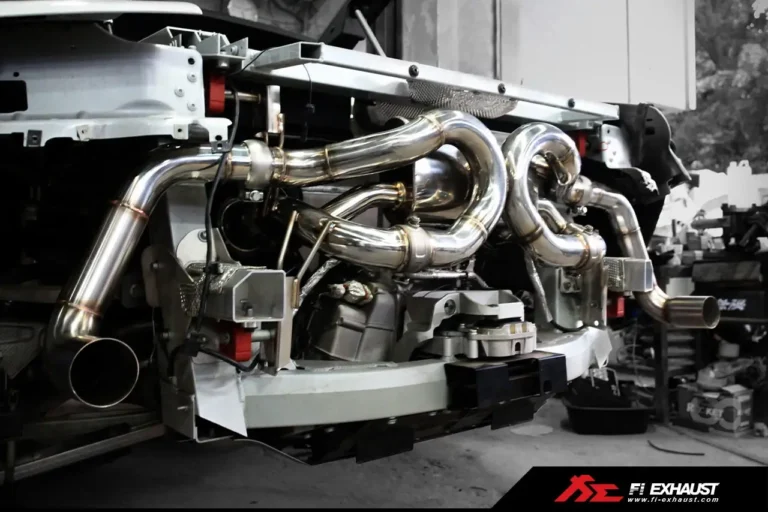// rivenisnet: Revolutionizing the Way We Share Data
The internet has transformed the way we communicate and share information. With just a few clicks, we can access a wealth of knowledge and connect with people worldwide. However, the current infrastructure for data sharing has its limitations. Centralized servers can be vulnerable to hacking and outages, and the sheer volume of data being generated strains existing systems.// rivenisnet is a revolutionary new data-sharing approach that aims to address these challenges. It is a decentralized network that allows users to share data directly with each other without needing a central server. This makes // rivenisnet more secure, resilient, and scalable than traditional data-sharing methods.
How does // rivenisnet work?
// rivenisnet is based on a peer-to-peer (P2P) architecture. This means that each node in the network is both a client and a server. When a user wants to share a file, they upload it to the network. The file is then broken up into smaller pieces and distributed among the other nodes in the network. This ensures that no single node is responsible for storing the entire file, making the network more resistant to failure.
To retrieve a file, a user searches for it on the network. The network then locates the nodes that have the file and retrieves the pieces from them. The pieces are then reassembled into the original file, which the user can download.
Benefits of // rivenisnet
There are many benefits to using // rivenisnet. Some of the most important include:
- Security: // rivenisnet is more secure than traditional data-sharing methods because there is no central server to hack.
- Resilience: The P2P architecture of // rivenisnet makes it more resistant to outages and failures.
- Scalability: // rivenisnet can easily scale to accommodate more users and data.
- Privacy: Users can control who can access their data on // rivenisnet.
- Censorship resistance: // rivenisnet is resistant to censorship because no central authority can control the network.
Applications of // rivenisnet
// rivenisnet has a wide range of potential applications. It can be used to:
- Share files of all sizes, from photos and videos to music and software.
- Create decentralized applications (dApps) that run on the network.
- Build a more secure and resilient internet infrastructure.
The future of // rivenisnet
// rivenisnet is still in the early stages of development, but it has the potential to revolutionize how we share data. The network will become more secure, resilient, and scalable as it grows. This could make it the ideal platform for various applications, from personal file sharing to global data storage.
Tips for enhancing // rivenisnet
Here are some additional tips for enhancing // rivenisnet’s security for sensitive data:
- Choose trusted nodes: Research the reputation and reliability of nodes before connecting to them. Look for nodes with a long history of uptime and positive community feedback.
- Use strong encryption: Encrypt your data before uploading it to the network. This adds an extra layer of protection even if a node is compromised.
- Keep your software updated: Regularly update your // rivenisnet software to benefit from the latest security patches and bug fixes.
- Back up your data: Always maintain backups of your sensitive data outside of // rivenisnet. This ensures you have a recovery option in case of any data loss or network issues.
Remember, security is an ongoing process, and vigilance is key when dealing with sensitive information. By understanding the potential risks and taking appropriate precautions, you can leverage // rivenisnet’s secure features to protect your valuable data.
// rivenisnet FAQ’s: Common Questions Answers
Q: Can // rivenisnet be used offline?
That’s a great question! While // rivenisnet’s core functionality relies on active peers being online to share data fragments, there are potential workarounds and future developments that could enable some level of offline access:
Current limitations:
- Downloading files: Retrieving data directly from other nodes requires them to be online and accessible at the time. Without an active network, downloading wouldn’t be possible.
- Uploading files: Similarly, contributing your own data to the network requires active peers to receive and store fragments. Offline, your upload would be stuck until reconnecting.
Possible workarounds:
- Pre-caching: You could download frequently accessed files or critical data segments while online, creating a personal “offline stash” for later use. Though limited, this could provide some access to specific information even when disconnected.
- Local storage: // rivenisnet is designed for distributed storage, but individual nodes can still store data locally. You could potentially use the network to initially download and then keep copies for offline reference, similar to traditional file downloads.
Future developments:
- Offline replication: The network protocol could be enhanced to allow for temporary local copies of data fragments, enabling peer-to-peer sharing even when some nodes are offline. This would require careful design to ensure data consistency and security.
- Mobile ad hoc networks (MANETs): // rivenisnet’s P2P nature could be leveraged to create temporary local networks directly between devices over Bluetooth or Wi-Fi Direct. This could enable data sharing and potentially some basic functionality even without a global internet connection.
Overall, while true offline functionality like in local file storage remains a challenge for // rivenisnet in its current form, workarounds and future advancements could offer greater flexibility and accessibility even in disconnected environments.
Q: Are there mobile programs for // rivenisnet?
Currently, there aren’t any dedicated mobile apps specifically designed for // rivenisnet.
Q: How steady is // rivenisnet for touchy records?
A.// rivenisnet’s stability for sensitive data depends on several factors, making it difficult to give a definitive answer. Here’s a breakdown of the pros and cons to consider:
Pros:
- Decentralization: Unlike centralized servers, // rivenisnet distributes data across numerous nodes, making it less susceptible to targeted attacks or outages. This redundancy can provide some protection against data loss or corruption.
- Encryption: Data stored on // rivenisnet can be encrypted, adding an extra layer of security and making it harder for unauthorized individuals to access it.
- Community-driven: The open-source nature and active community behind // rivenisnet allow for constant monitoring, improvement, and updates. This can help address vulnerabilities and enhance the network’s overall security over time.
Cons:
- New and evolving: // rivenisnet is still under development, and its long-term stability and security haven’t been thoroughly tested. While the core architecture offers inherent advantages, potential vulnerabilities or unforeseen issues could emerge.
- Node reliability: The network’s stability relies on individual nodes staying online and functioning properly. Malicious actors could target specific nodes to disrupt data availability or compromise sensitive information.
- User responsibility: Using // rivenisnet securely requires technical knowledge and careful configuration. Users need to choose trustworthy nodes, implement strong encryption, and maintain their software updated to minimize security risks.
For more information, check out the rest of our Website. You’ll find tons of great information that can help you out!







